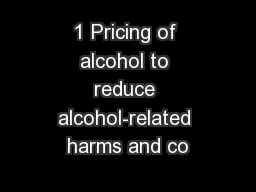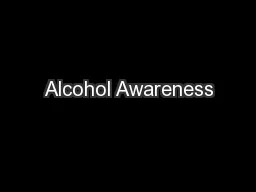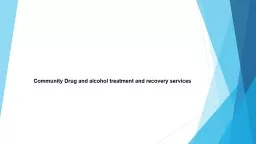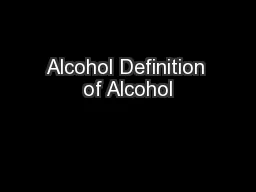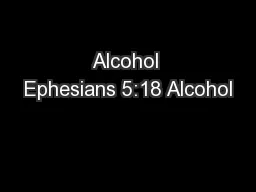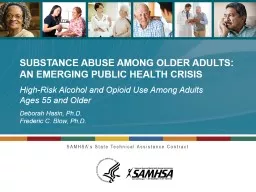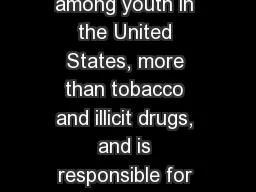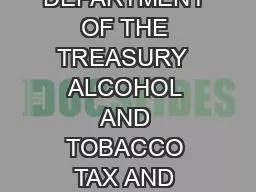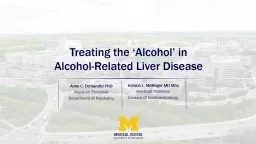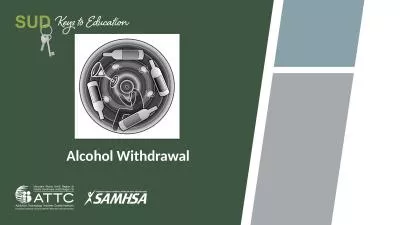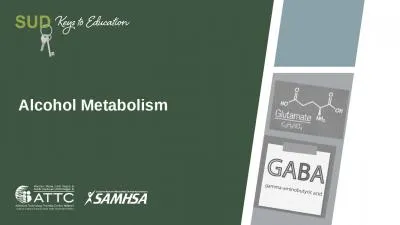PPT-Alcohol and the
Author : tatyana-admore | Published Date : 2016-11-21
family An overview of thinking amp research in this area of work An introduction and discussion led by Richard Velleman and Jim Orford Alcohol and the family Richard
Presentation Embed Code
Download Presentation
Download Presentation The PPT/PDF document "Alcohol and the" is the property of its rightful owner. Permission is granted to download and print the materials on this website for personal, non-commercial use only, and to display it on your personal computer provided you do not modify the materials and that you retain all copyright notices contained in the materials. By downloading content from our website, you accept the terms of this agreement.
Alcohol and the: Transcript
Download Rules Of Document
"Alcohol and the"The content belongs to its owner. You may download and print it for personal use, without modification, and keep all copyright notices. By downloading, you agree to these terms.
Related Documents


